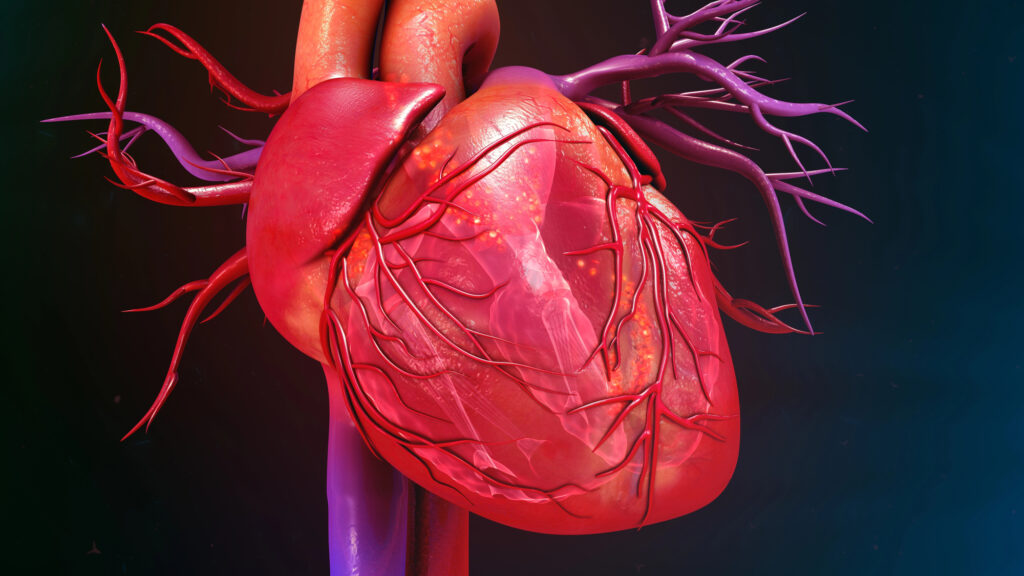The cellular environment is sensitive to the presence of free radicals, which are molecules with unpaired electrons. The most common types of free radicals are formed from the elements oxygen, nitrogen, carbon, sulfur, and chlorine. Cells continually need to balance redox potential (the tendency to gain or lose electrons). This potential can be skewed toward oxidation (a tendency to lose electrons), called oxidative stress, or reduction (a tendency to gain electrons), called reductive stress. As this study, by John Neustadt ND shows, oxidative stress plays a significant role in the redox potential within cells, as it influences the cell’s regulation of transcription factors, signaling pathways, and ultimate survival.
In the past, oxidative stress was used as a general term to describe damage to cells, tissues, and organs by reactive oxygen species (ROS) or reactive nitrogen species (RNS). ROS include the superoxide radical (O2-), peroxyl radicals, hypohalite radicals, hydrogen peroxide (H2O2), and hydroxyl radicals (OH-). Reactive nitrogen species include nitric oxide radicals (NO), peroxynitrite radicals (ONOO-), and other organic molecules modified by these pro-oxidant chemical species.
Although accurate in many important respects, this classical understanding of antioxidants as electron donors quenching damaging free radicals in the cytosol ignores perhaps the most vital roles these molecules play in the body. What this definition does not take into account is the fact that, through means other than directly quenching free radicals, these compounds also modulate cellular redox potential and cellular physiology by directly altering cell signaling and transcription.
Under this broader concept of “redox molecules,” use of antioxidant therapy in clinical practice might now be more accurately viewed as targeting specific signal transduction proteins, transcription factors, and genes, in addition to quenching free radicals. Download the study to see the full text and a table on the effect of redox molecules on signaling pathways.








